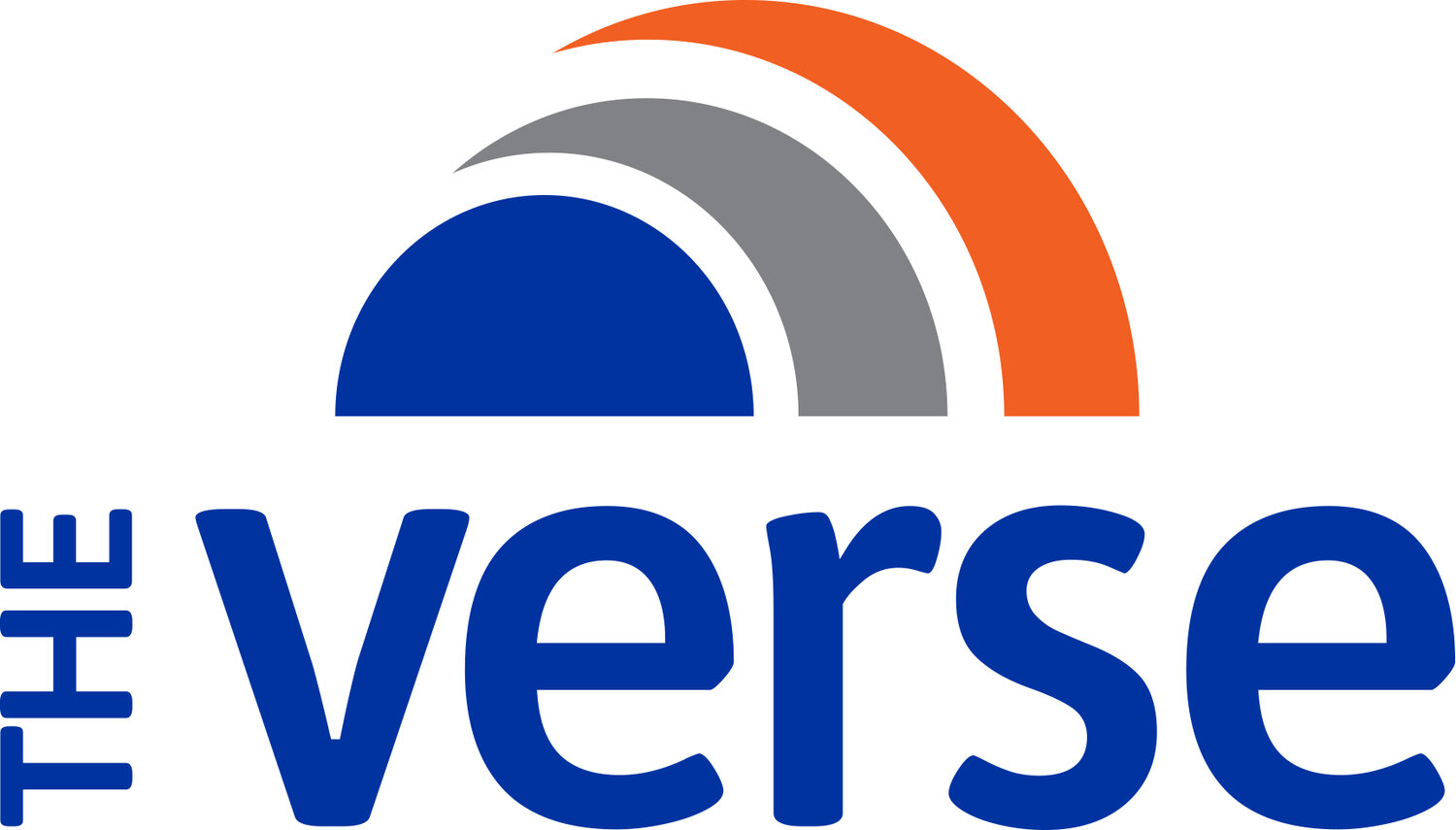How to Manage Risk Like a Grown-Up
How to really hedge.
No dramatization of a major life decision is complete without the dreaded “pros and cons” list. We like to think we’re weighing risks so carefully, but most likely by the time the notepad has come out we already have a decision in mind that we’re merely trying to rationalize. So what are some real ways to actually mitigate risk? We’ve rounded them up for your next daring move.
Don’t just say—do.
The problem with looking at downside scenarios is we conflate identifying a potential pitfall and actually acting to mitigate it. As you come up with potential risks, don’t forget to identify the actions that might help to de-risk the situation—and actually act on them.
Line ‘em up.
It’s important to prioritize when tackling risk, since we can’t focus on everything. We recommend starting with those risks that would have the biggest impact were they to play out. Work to come up with actions you could take if those circumstances were to come to fruition—then thank you, next.
Survey your scenarios.
On the other hand, as with so many things, we tend to narrowcast potential risks, failing to have a tragic imagination about what might actually go wrong. While we can’t account for every bad outcome, pushing ourselves to come up with a slightly longer list will ensure that we have thought more broadly about—and planned for—potential scenarios.
Make a transfer.
In real estate transactions, buyers and sellers pass off various risks to each other to motivate action (think: no contingency offers). Taking a cue from this strategy, one way of mitigating a risk in other scenarios is to see if there’s an opportunity to transfer some of the risk onto another party.
Don’t forget to respond.
A lot of risks these days (cyber attacks, say) may not be preventable, but the battle may be won or lost depending on how you respond. Thinking through a post-event response and contingency plans is indeed important in mitigating the damage. For example, knowing what you would do if your identity was stolen might help you to act quickly and make a bad and unavoidable situation less damaging.
All day, every day.
Thinking about risks and mitigation strategies is an important first step—provided it doesn’t then get locked in a desk drawer. Setting up a monitoring system will help you take a regular pulse on your risks to understand if they’re becoming more likely.
